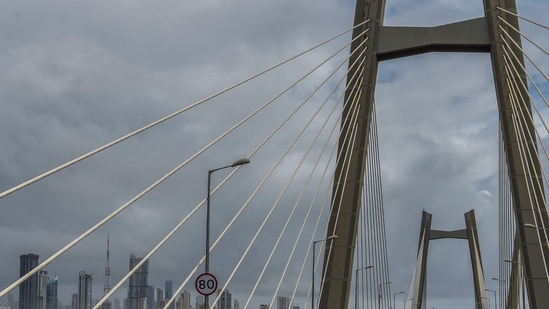Mumbai wants to extinguish the charcoal tandoor

A trio of Punjabi chefs pioneered the recipe, marinating the chicken in a mixture of yoghurt and spices before grilling it.
Suhel Ahmed, the owner of Tower Tandoori, reckons he might have the last charcoal tandoor in London. The oven, traditionally cylindrical and made out of clay, has been imparting a smoky flavour to naans, chicken and lamb chops at least since his grandfather opened the restaurant in 1978. Mr Ahmed estimates that the tandoor had already been running hot for a couple of decades under previous owners, meaning the oven would be only marginally younger than an independent India.

Soon charcoal-fired tandoors may also be hard to find in Mumbai, India’s commercial capital. The local government has issued notices to scores of restaurants, food stalls and bakeries that they must switch to greener alternatives, such as gas-fired or electric ovens, to help reduce air pollution. Eateries have until July 8th to comply with the order. (Mumbai’s authorities are following the lead of their peers in Delhi, who curbed the use of charcoal tandoors a few years ago.)
Mumbaikars, as residents of the city are known, fret their kebabs and naans will lose the distinctive—not to mention delicious—barbecue char. Restaurateurs say they are being unfairly blamed for air-quality problems, as construction and gridlocked traffic contribute to smog, too.
The tandoor has a long and tasty history. But, like much in modern India, its origins are disputed. Clay ovens used for baking bread are mentioned in “The Epic of Gilgamesh”, perhaps the oldest recorded story, and the term can be traced back to the Akkadian words for “fire” and “mud”. Tandoors are still used across Asia. In Armenia the word is tonir; in Uzbekistan, tandir; in Iran, tanour.
The modern variant seems to have made its way to India via the Mughals, a Central Asian Muslim dynasty that ruled much of northern India and present-day Pakistan before the British. Yet others claim an indigenous origin for tandoori dishes, finding evidence that the ancient Harappan civilisation (which spanned present-day Punjab) baked chickens in clay ovens. Either way, the tandoor became a mainstay of Punjabi cooking and tandoori chicken became a staple dish.
A trio of Punjabi chefs pioneered the recipe, marinating the chicken in a mixture of yoghurt and spices before grilling it. As refugees, fleeing the horrors that followed the bloody partition of India and Pakistan in 1947, the chefs brought the technique to Delhi, where it became a favourite of India’s first prime minister, Jawaharlal Nehru. The dish spread all over the world with Indian emigrants, including Mr Ahmed’s grandfather. It even became a symbol of the former imperial metropolis: tandoori chicken was adapted into chicken tikka masala, perhaps Britain’s favourite curry, by using boneless meat and adding tomato sauce.
The charcoal tandoor is decreasing in popularity not just because it is dirty, but because it is expensive—thanks to the large, high-quality chunks of charcoal required—and because of the skill needed to handle the heat. (The oven “has a mind of its own,” Mr Ahmed says.) Gas tandoors may be more efficient, but their flavour is less robust. Discerning eaters will hope that centuries of culinary history do not go up in smoke.
All Access.
One Subscription.
Get 360° coverage—from daily headlines
to 100 year archives.



HT App & Website







